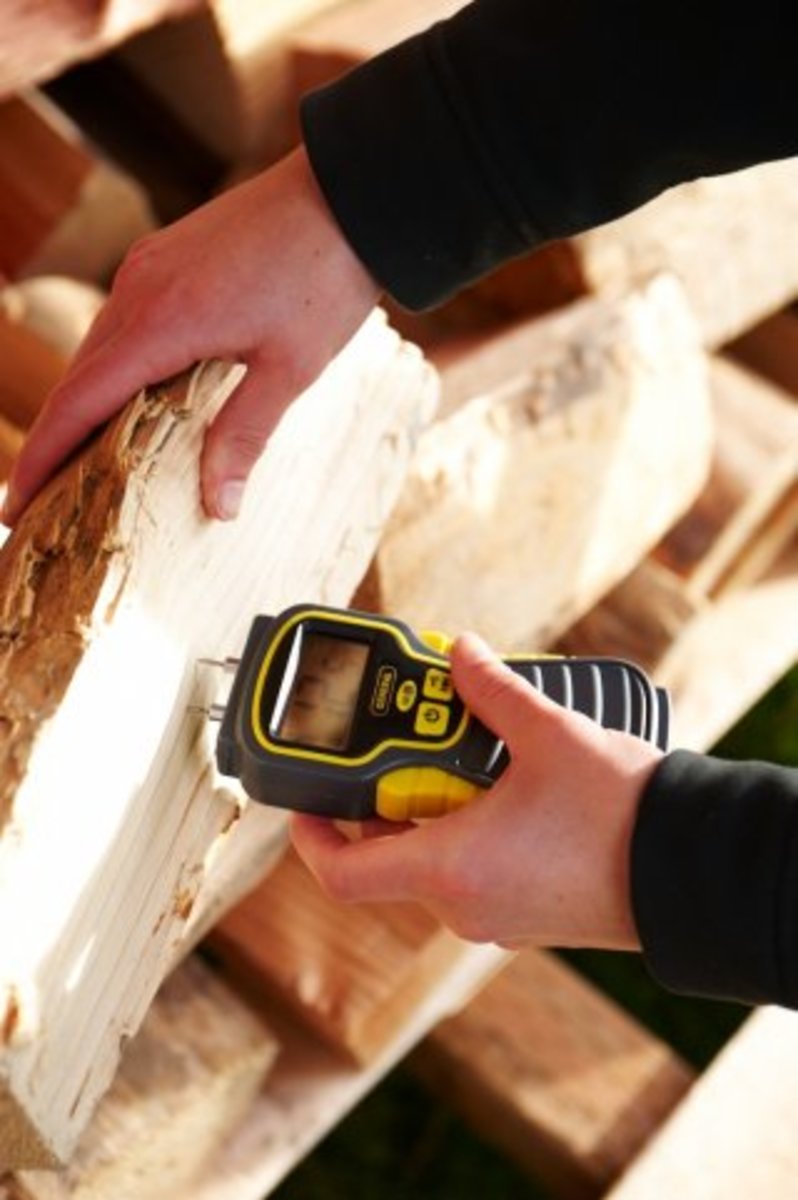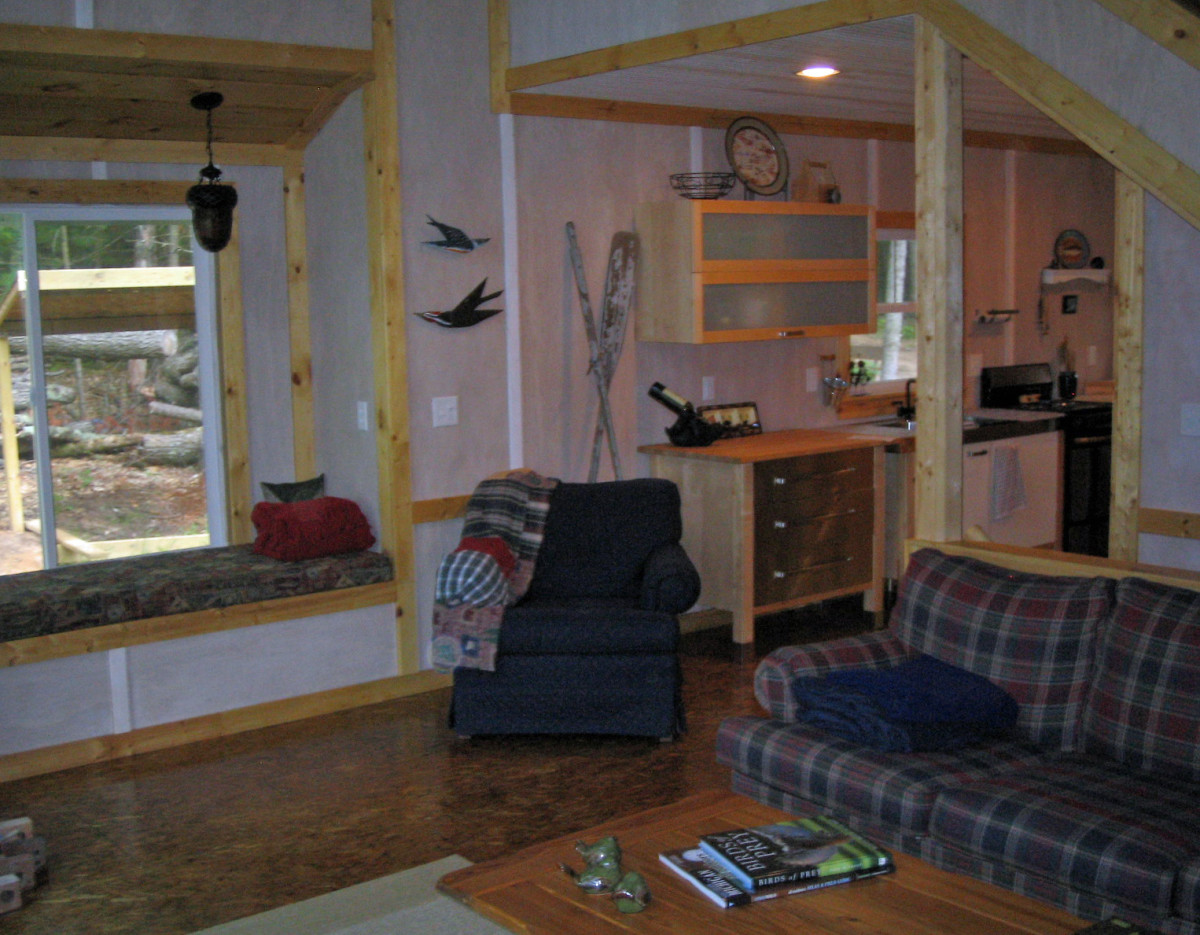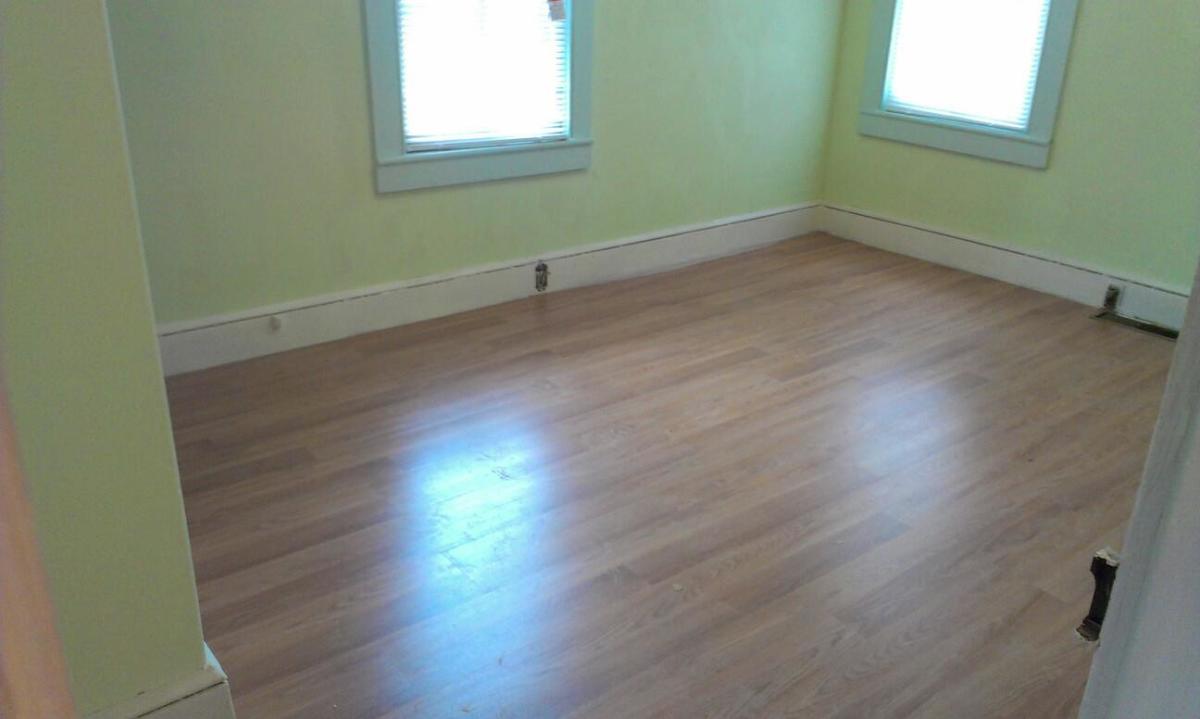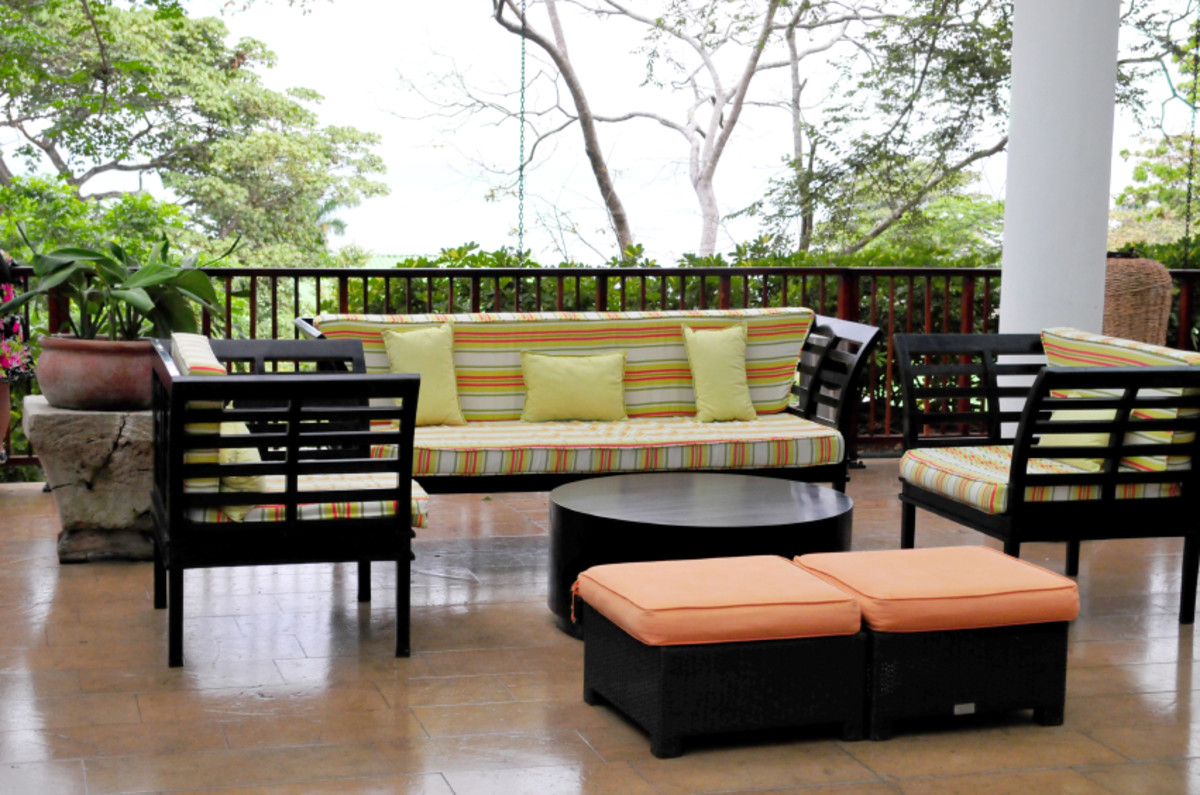Avoid Lawsuits
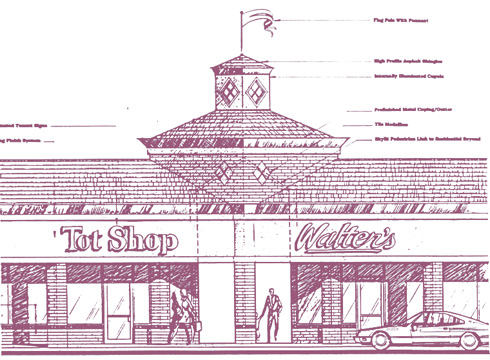
It is an unfortunate aspect of our increasingly highly regulated (yet litigious) society that at some time in the future, just about any homeowner, retailer, restauranteur or business owner could be hit with a lawsuit. By far, the greatest majority of those lawsuits will arise from a simple slip and fall. And yet, the greatest majority of those lawsuits is also preventable. Let this architect (and litigation adviser) explain how.
It is estimated that each year in the U.S., more than a million injuries — and over 15,000 fatalities — are the result of slip and fall accidents. Furthermore, as the Baby Boomer bulge in America's population moves into its senior years, it is quite likely that those figures will rise further. What are the most common causes of those slip and fall accidents? And how does one protect the public from injury, and oneself from litigation?
The greatest contributor to slip and fall accidents is, logically enough, slippery flooring and pathway surfaces. So, the best way to prevent adverse occurrences is, also logically enough, to eliminate the slippery flooring and pathway surfaces. Every surface along a pathway, and every public area of flooring, should have a suitable non-slip surface. Thus, concrete sidewalks, drives, patios and paths should have what's known as a 'rough broom surface', in which the texture of the concrete is roughened with a stiff-bristle broom as it is cured, or a similarly roughened surface that provides suitable traction and slip-resistance. Any ceramic or stone or similar tiles used in flooring should have what the tile manufacturing industry refers to as a suitable 'coefficient of friction', a measure of slip-resistance. Wood floors should also resist slippage, meaning they most likely should not be sanded or finished to be ultra-smooth, nor polished or waxed to a high buff finish. Metal strip, sheet or tile flooring should have a sufficiently 'gritty' finish to it that shoes will grab rather than slip. And the slipperiness of the flooring should not enter the danger zone should the floor be wet, whether from spills, rain, snow or ice. Most architects, contractors and flooring specialists can advise as to the best degree of slipperiness (or lack thereof) for a particular flooring material, intended use and likely traffic.
It must also be obvious that one should avoid or quickly remedy liquid spills on any flooring or pathway surface, as liquid often greatly increases slipperiness. Around your home or business, clean up spills promptly and use 'Caution - Wet Floor' warnings when mopping, cleaning or tending to large spills. (Though a warning sign may not prevent a slip and fall, it will show your care and concern, which will tend to mitigate or eliminate any blame of negligence in a lawsuit.) Remove ice and snow and ponding rainwater from walks, drives and pathways as promptly as possible. Use walk-off mats or carpet or rubberized runners where tracked-in rainwater or melting snow present persistent water on floor or path surfaces. Be sure that such walk-off mats or carpets are kept in good condition, are not too thick, and have tapered edges that hug the floor surface, otherwise they may present their own particular tripping hazards.
Another major cause of slip and fall accidents is poor or deteriorating conditions of the flooring, path or other walking surface. Make sure that spalled or cracked or heaved concrete is repaired promptly. If stone or ceramic or other flooring tiles have 'lippage', meaning seams where some tiles project slightly above the surface of the surrounding tiles, have them removed and reset. It takes but a 1/16" to 1/8" lippage to cause a trip and fall. Fill in voids or settled areas of asphalt. If flooring or paving material is broken or misaligned, restore it as soon as possible. (In many communities, an exposed lip edge of flooring or paving that projects just 5/8" above its mate is considered a severe tripping hazard and an automatic code violation. It's also a lawsuit waiting to happen.) Make sure that carpets are intact, taut and suitably adhered to the floor, with no tears, patches, puckering or rippling that can catch a shoe. Use beveled or sloped transitions between slight differences in floor material elevation. If flooring repairs cannot be made speedily, use 'Caution' warnings, stanchions or barricades to alert or redirect anyone using the path or area.
Slip and fall accidents are also often due to poor visibility of the floor or path. In high traffic or potentially hazardous areas — at doors, entrances, ramps, steps, changes of direction, in weather, or where users may be distracted — make sure that light levels are adequate to see the flooring and its condition, as well as be aware of any special movements required of the user. Investigate whether visible warning markings, such as fluorescent tape strips on the leading edges of stair treads, or a contrasting floor color on a ramp, might be helpful to further alert users to their environs. No one ever intends to fall; if you make visible what users must do to navigate an area, they are more likely to do it safely.
Accidents also happen when handrails or guardrails are absent. Examine any area where user navigation might be difficult or taxing, especially for the frail, elderly, disabled or those with any sort of physical limitation (and don't forget fading vision). Provide sturdy handrails where users are likely to need and reach for them. Install guardrails wherever a falling hazard may present itself, or to block or restrict unwanted or dangerous access. Accidents are sometimes also the result of someone taking a path they shouldn't, simply because they couldn't find a better path. Develop an access, entry, exit and circulation plan for your home or business that makes sense, and is reasonably clear and evident to the public or user. If everyone follows the most logical and direct and visible path, then you can concentrate your efforts there, and perhaps not have to worry about every other convoluted scenario.
Lastly, if you are at all unsure of what to do regarding flooring and safety issues (as well as other aspects of protecting the public regarding access, entry and egress), a good guide is the Americans with Disabilities Act Architectural Guidelines (ADAAG) promulgated by the Federal government and enacted into law in just about every jurisdiction in the nation. Though this standard was developed primarily to address the access needs of those who are disabled, it also serves as a good base-line minimum for all the rest of us as well. And, since it is likely to be binding law where you reside, following it will serve you in good stead should you ever be unlucky enough to be the target of a lawsuit.
If all else fails, travel to rickzworld.
- Buying Your 1st House: Start with Community
Buying Your 1st House Many first-time homeowners fall in love with a particular kitchen. Or they feel that a family room they’ve seen will be ideal for entertaining. Or a master suite is simply to die for. But the city, suburb,... - Buying Your 1st House: Old vs. New
Begin by assessing whether you can obtain better value by building anew or simply improving on an already existing structure. - Buying Your 1st House: Structural Concerns
Protect yourself as you contemplate one of life's greatest purchase decisions. - Buying Your 1st House: Energy Efficiency
Good for the planet; good for your wallet? Some of the significant expenses of your first home will be its annual energy costs. And, for both the planet’s sake and for that of your bank account, you may wish that your first home be as energy... - Buying Your 1st House: Notice the Trees
Trees can add charm, beauty and value to your new home We all love seeing the rich colors of fall foliage, or the layering of freshly fallen snow on an evergreen. But in buying your first house, you should take care to notice the trees on your new... - Buying Your 1st House: Protect Yourself
Protect yourself as you make your home choice Buying your first house can be a complex and daunting process, one laden with inherent financial risk. So how can you best protect yourself as you seek that first home? Here are some ways: As you start... - Buying Your 1st House: Red Flags
Finding your ideal first house? Whether your first house will be a newly-constructed home or one that has had a previous owner, there are certain red flags you can look for, to protect yourself, your family and your investment. Avoid or be very... - Architectural Expert Witness
In todays society, there is a growing need for Architectural Expert Witnesses. What are they? And how do they serve the courts and the public? - Using an Architect
Perhaps you recognize the name of Frank Lloyd Wright, one of Americas greatest architects of the past. Or . . . - Sustainability 6: Population
One of the prime movers of the worlds sustainability crisis is its population. - Buying Your 1st House: Storage
Most first time homebuyers know to look for good bedroom closets. But . . .


